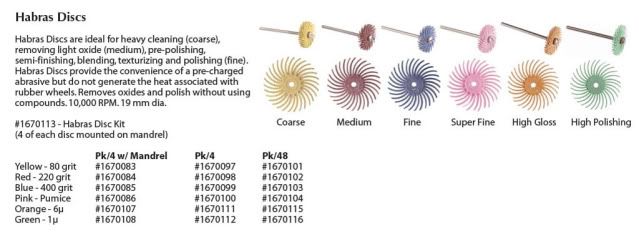I have begun to work on a doodle shorthand that is pretty much unique to me, as probably I am the only one who can make heads or tails of it but those doodles help remind me when I look back through my ideas notebook days or months later.
One of the biggest challenges I have found is how to get what is in my head down on paper as I am not an exact artist at best when it comes to paper and pencil.
First I thought about what I am trying to doodle. I know how to do geometric shapes and can even draw a fairly good circle when given a template and half an hour. But how do you notate a coiled spring, or a coiled, coiled spring (much less remember WHAT that referred to?).
I had a look at some of my existing wire worked pieces to see what kind of patterns are in them, then tried to represent them somehow in a quick way on paper with pencil. I've ended up, with a little practice and patience and a lot of balled up paper, with a fairly quick doodle shorthand that I can use to get down my ideas. You can even build up a "ME Shorthand" dictionary by printing photos of the wire worked sections and the unique doodle next to them that you use to represent those patterns. Just sit back and have fun playing, and allow yourself to be a little silly. My personal favourite doodle is the crazy lightening bolt notation I use to represent twisted wire coils as seen in the second photo row below.
I'm not sure if it is important for me to show you my own doodle, the samples below are fair examples, but the important thing is to take the time and play with what you can do at your own level of drawing expertise.
Below are a few pieces that I drew before actually constructing, and the final piece is pretty similar to the drawing.
ORBITAL

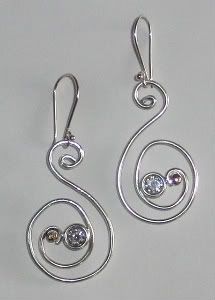
TWISTED 1
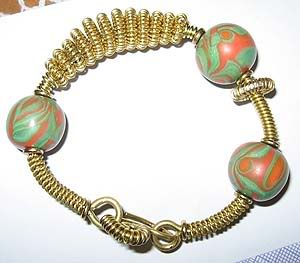
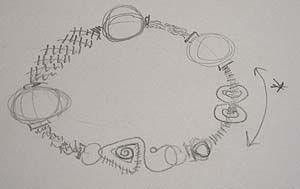
TWISTED 2
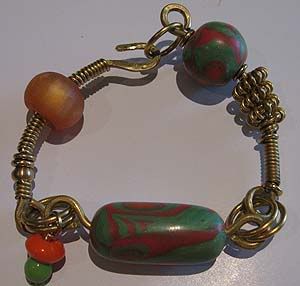

FILLIGREE BUTTERFLY
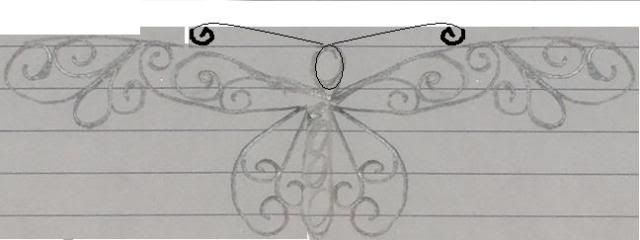
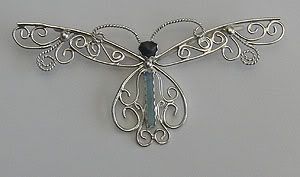
USE THE MUSE 11 BETTLE
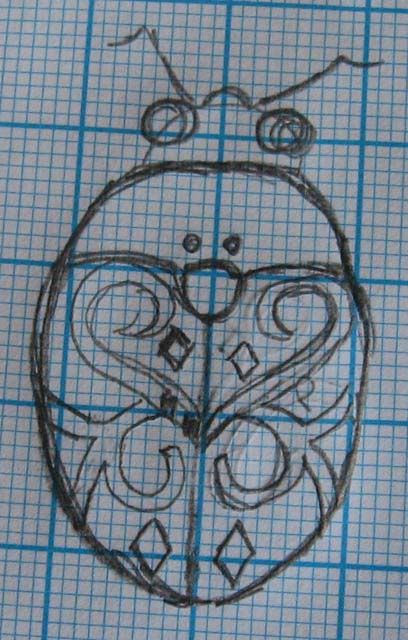
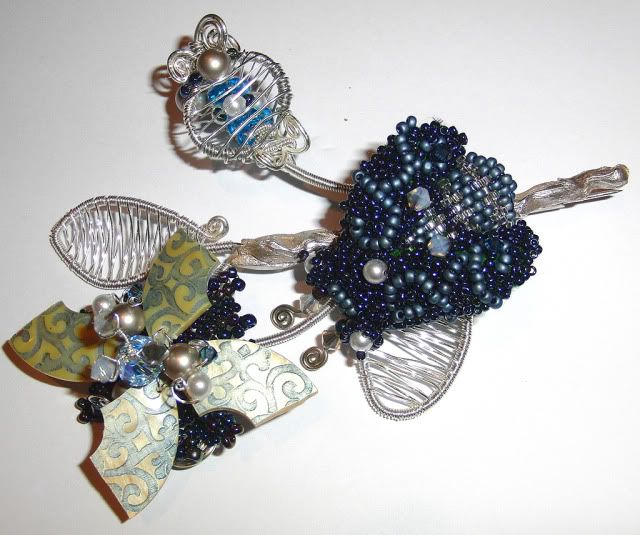
UNFINISHED TURQUOISE NECKLACE
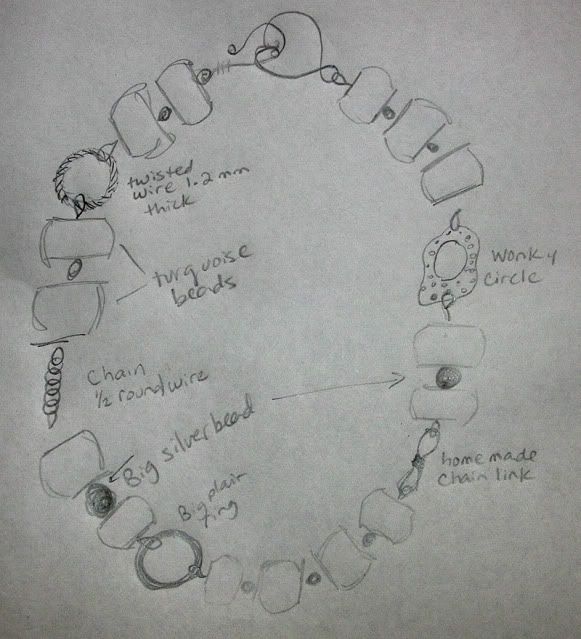
Leave comments if you would like me to put up my own notation dictionary.


